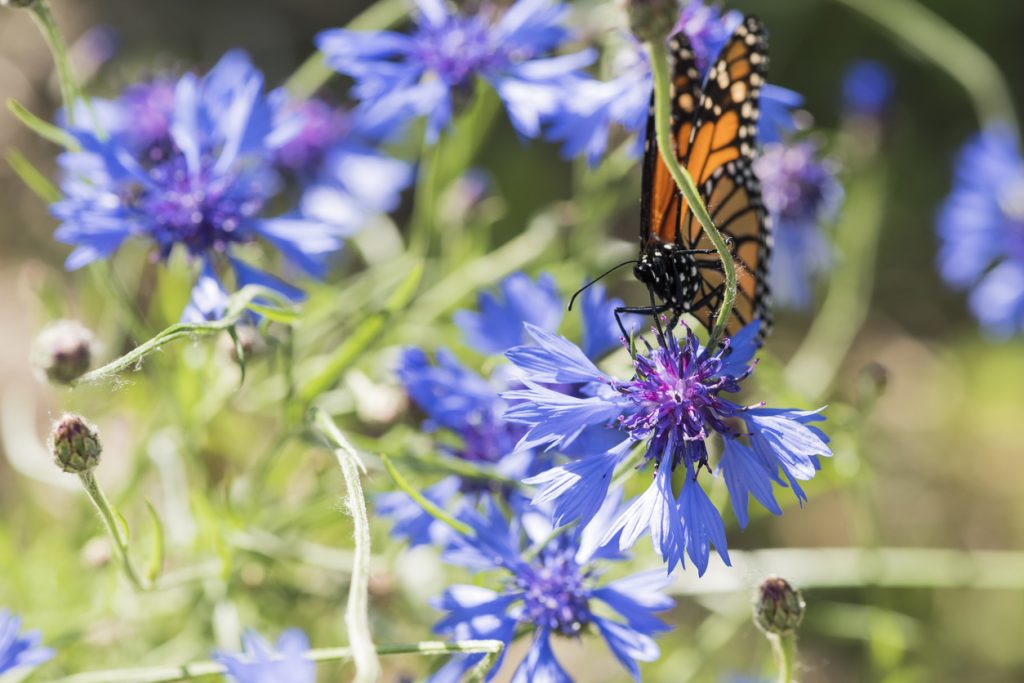Can a college improve sustainability, budget, and student performance with a single change? Yes.
In recent years, campus landscaping has shifted toward native alternatives from traditional turf. Cornell University began a native plant project in 2009. The project added over 30 species of native plants, grasses, and sedges to their grounds. More than a decade later, native meadows thrive where manicured lawns once dominated.
This change is not only aesthetic. It’s an example of a change in mindset. One that prioritizes sustainability, biodiversity, and our relationship with nature. So, why are campuses turning to meadows instead of lawns?
The Environmental Imperative
The environmental imperative is one of the most compelling reasons. Traditional lawns are resource intensive. They consume significant amounts of water, pesticides, and fertilizers to maintain their appearance. Along with cost and labor, chemical treatments add to pollution and threaten ecosystems.
In contrast, meadows need less maintenance, no fertilizers or pesticides, and less water. Planting native helps reduce a campus’ carbon footprint and build a sustainable future.
Biodiversity and ecological benefits

Meadows also offer educational opportunities for students and faculty. They are living laboratories where students can observe and study the natural world. These outdoor spaces are perfect for teaching ecology, botany, and conservation. It also fosters a deeper connection to nature and environmental stewardship.
Cost Savings
Meadows are also much less expensive to maintain than traditional turf lawns. Typical lawns need ongoing mowing, irrigation infrastructure, and frequent chemical treatments. In contrast, meadows as turf alternatives are a great way to cut costs and get more out of a maintenance budget.
Enhancing Aesthetic Appeal
Manicured lawns have a traditional appeal. But meadows have a unique beauty. Their seasonal tapestry of wildflowers and grasses creates a stunning, ever-changing display.
Visit Forrest Keeling Before Starting Your Native Plant Project
The shift towards using native for meadows and landscapes is here to stay. It’s a fundamental transformation in how we view and interact with our environment.
If you’re considering native alternatives to traditional landscapes, contact us.
Forrest Keeling… it’s where the best native landscapes begin.
